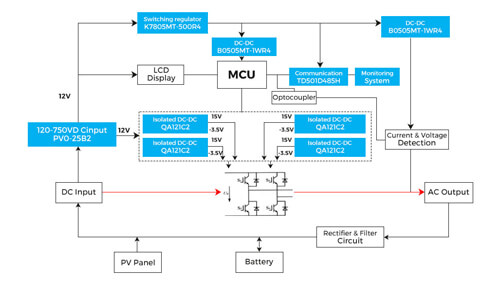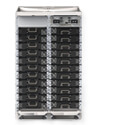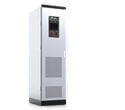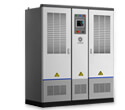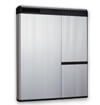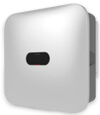Green energy such as solar and wind power is our future for power generation and energy utilization. As the shift to renewable sources growing, the power landscape is changing dramatically. However, how to realize reliable power delivery, where and when it’s needed, presents a bigger challenge than ever before.
Energy storage makes essential sense to meet these challenges. The global energy storage system market thrives fast from 2018 as the cost down of Li-ion battery. According to a research report(source: IHS Markit), the number of energy storage facilities around the world will grow from 5.2GW deployed in 2021 to 10.8GW by 2023. Energy storage devices stand out at the center of this energy trend.
MORNSUN is helping create an eco-friendly energy world with its economic, efficient, reliable power solutions for Energy Storage Systems(ESS) - applicable to everywhere including power plant, utility, commercial and residential buildings, etc. Our ultra-high, ultra-wide voltage input DCDC PV converter, ACDC converter, DCDC converter for IGBT/SiC driver, and CAN/RS485 transceiver are ideal to meet various needs of ESS developers.
Power Solution for Battery Energy Storage Systems(BESS)
Explore our interactive graphic below. Find Mornsun's recommended power modules for your Battery Energy Storage Systems(BESS) applied on Commercial and Residential occasions.
- All Occasions
- Utility • Commercial ESS
- Residential ESS
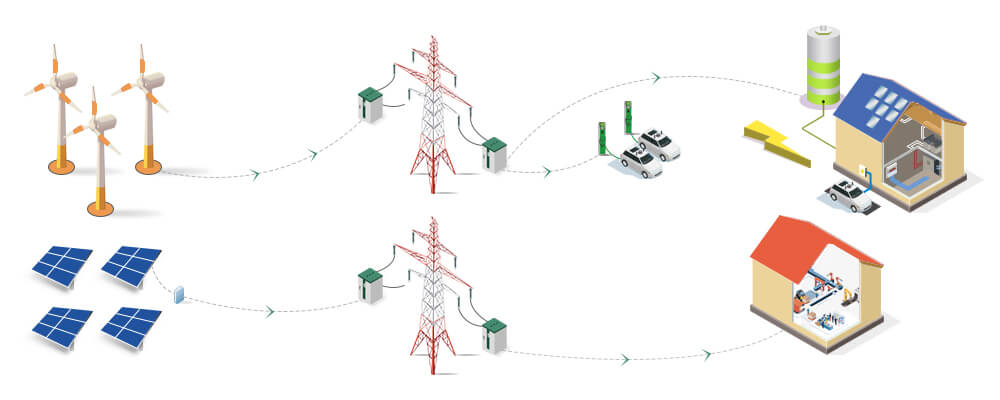
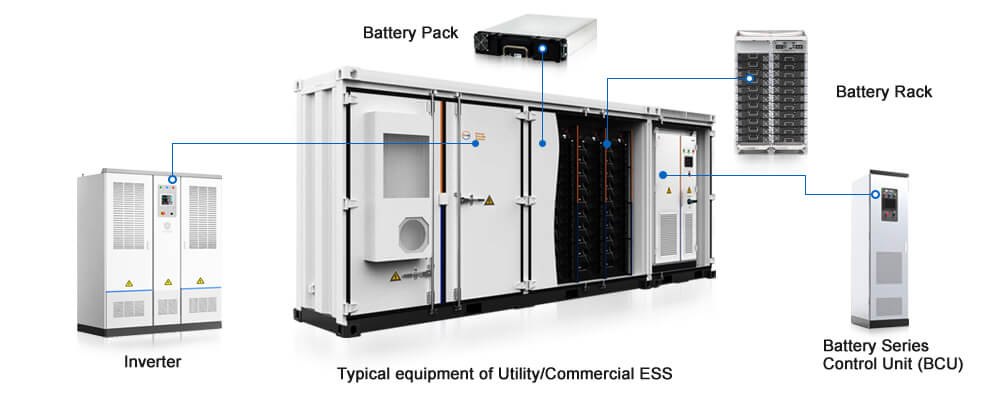
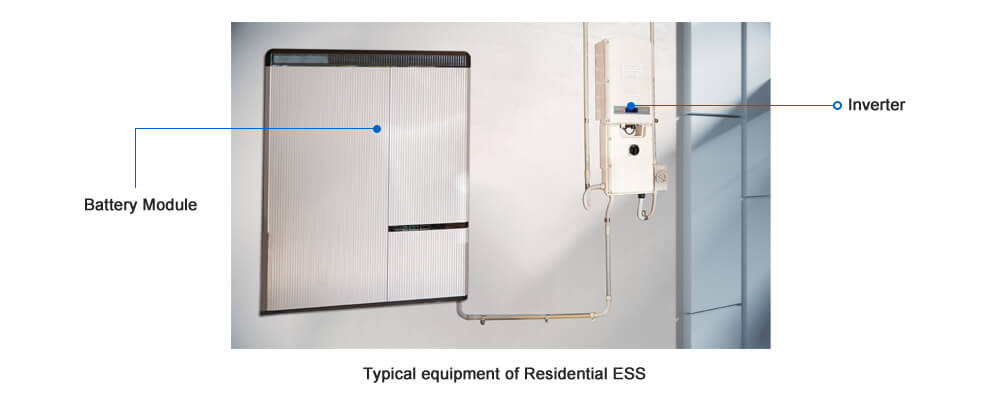
Architecture of Battery Energy Storage Systems(BESS)

Battery Energy Storage System(BESS) is structured in three main parts. The Battery System(BS) is the main carrier to store and discharge electrical energy. The Power Conversion System(PCS) is a critical component of BESS that handles the energy conversion to complete charging and discharging of the Battery System. Whereas, the Battery Management System(BMS) functions to keep monitoring the various states of the Battery System including voltage, current, temperature, cell charging state, health monitoring, etc, along with safety management of the charging and discharging processes such as the prevention of overcharge and over-discharge. This ensures BS is kept in its optimal operating state.
The BS can transfer energy and feed it into the grid through the PCS or directly supply it to users' equipment for use. Meanwhile, the grid, solar or wind energy devices can also charge the BS through the PCS to store backup power.
Utility • Commercial ESS: Recommended power modules
| Equipment | Application | Recommended power modules |
|---|
|
|
||||||||||||||
|
|
||||||||||||||
|
|||||||||||||||
| Equipment | ||
|---|---|---|
|
||
|
||
|
||
|
Power solution for Utility / Commercial ESS
* Click on the button to view the solutions for different ESS equipment.
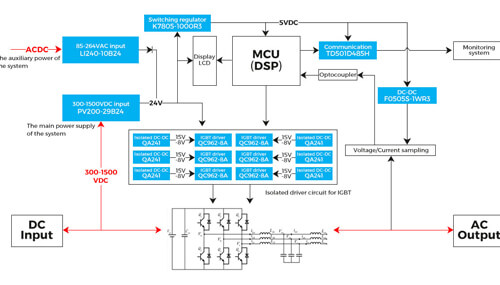
Residential ESS: Recommended power modules
| Equipment | Application | Recommended power modules |
|---|
|
|
|||||||
|
|
|||||||
|
|
| Equipment | ||
|---|---|---|
|
||
|
||
|
Power solution for Residential ESS
* Click on the button to view the solutions for different ESS equipment.
